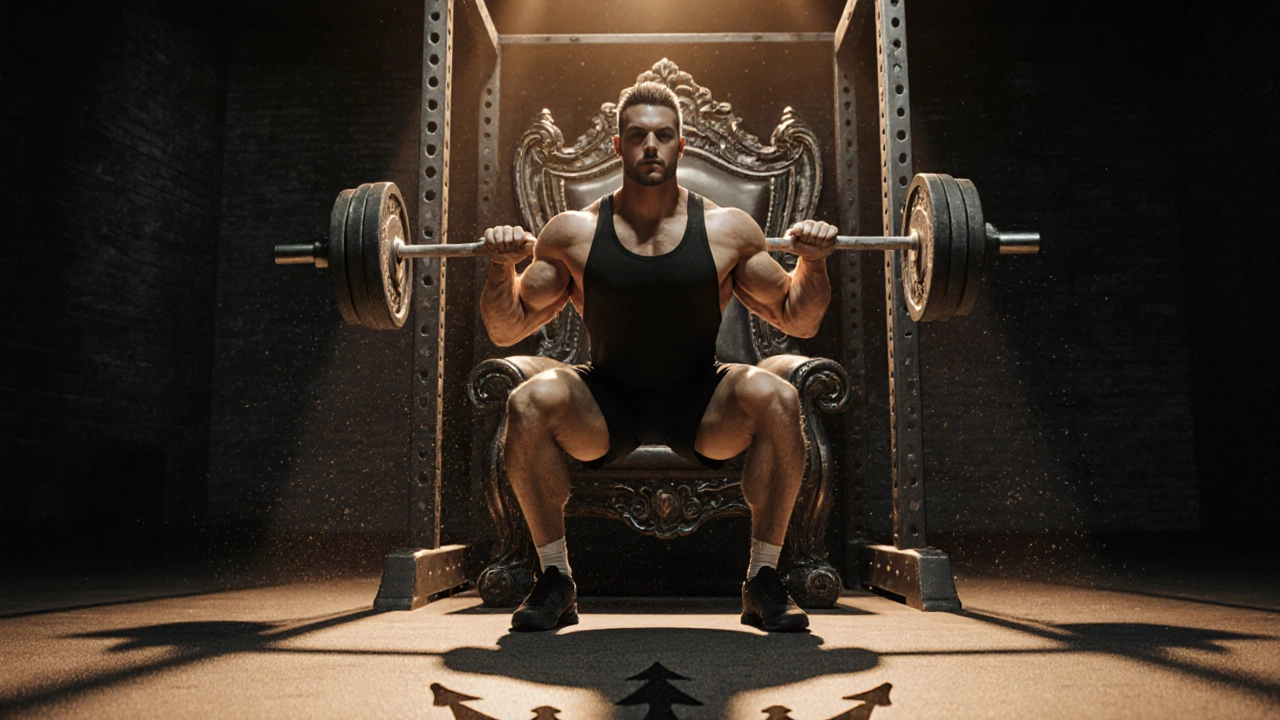When working with Squat, a compound lower‑body exercise that targets the hips, knees, and ankles while engaging the core. Also known as the squat lift, it forms the backbone of most strength‑training programs.
It sits at the core of Strength Training, the practice of using resistance to improve muscular fitness, which Squat helps define. The movement also recruits the Lower Body Muscles, including the quadriceps, glutes, hamstrings, and calves. To keep progressing, athletes rely on Progressive Overload, the principle of gradually increasing stress on the body during training. These three pillars—Squat, Strength Training, and Progressive Overload—are tightly linked: Squat encompasses lower body muscles, Strength Training includes the squat, and Squat requires progressive overload to keep getting stronger.
First, the squat builds raw power. By loading the hips and knees, you train the biggest muscles in the body, which in turn boost your ability to lift heavier in other lifts like deadlifts or bench presses. Second, a well‑executed squat improves functional movement. Everyday actions—picking up a grocery bag, climbing stairs, or playing with kids—mirror the hip‑hinge and knee‑flexion patterns trained in the squat. Third, it supports injury prevention. Proper form teaches you to keep the spine neutral, engage the core, and align the knees over the toes, reducing strain on joints. When you combine these benefits with the progressive overload principle, you create a clear pathway from beginner to elite performance.
But the squat isn’t a one‑size‑fits‑all exercise. Variations like goblet squats, front squats, and box squats each emphasize different aspects of the movement. Goblet squats are great for learning depth and core stability, front squats shift the load to the torso for better upright posture, and box squats teach you to sit back and develop explosive power. Choosing the right variation depends on your current mobility, strength level, and training goals. Whatever the version, always start with a manageable load, focus on depth, keep the heels grounded, and breathe through the ascent. This approach respects the squat’s core principles while letting you tailor the exercise to your needs.
Below you’ll find a curated set of articles that dive deeper into each of these topics—form checks, mobility drills, programming tips, and nutrition advice to fuel your squat gains. Whether you’re just adding a squat to your routine or fine‑tuning a seasoned lift, the collection offers practical insights that you can apply right away.

Discover why the squat is crowned the king of strength exercises and how to combine it with other top lifts for maximum power.
READ